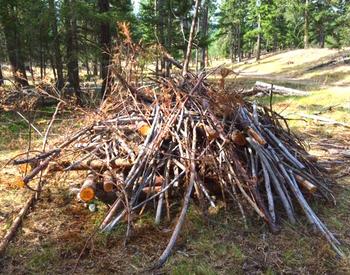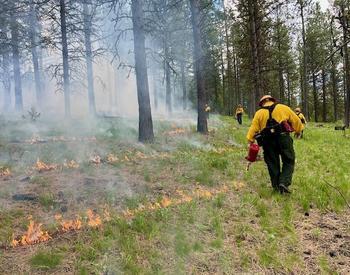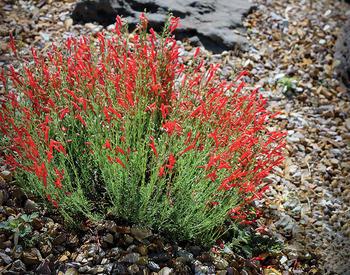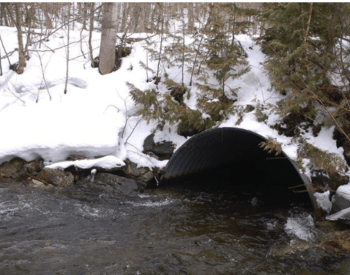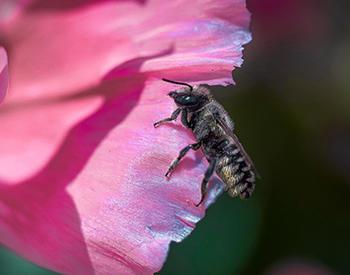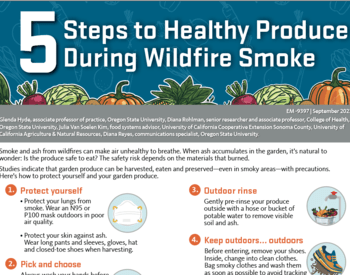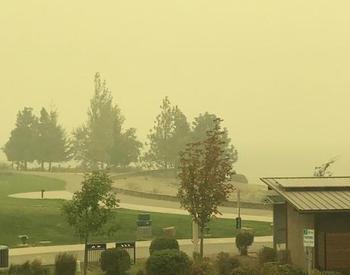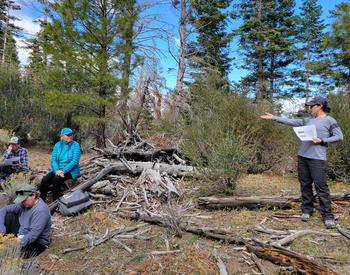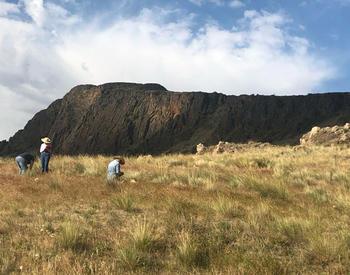Fire plays a very important ecological role in forested ecosystems. Fires help maintain the forest by naturally thinning and pruning trees and reducing the buildup of “surface fuels.” Fire also helps to recycle nutrients, regenerate plants and stimulate the growth of diverse plants and habitats.
Today, wildfire behavior is changing. The wildfire risk to life and property is greater than ever due to an increase in the number of homes built in forests, and the introduction of human-caused “ignition sources” such as vehicles, equipment, fireworks, target shooting, outdoor burning and recreational fires. This — coupled with the current climate trend for warmer and drier conditions — creates a high probability for large-scale, devastating fire.
While you can’t eliminate a wildfire threat, you can increase your home’s chance of survival if a fire does occur. Oxygen, heat and fuel are the three ingredients needed for fire to occur. In the forest, oxygen is present in the air. Heat could be from lightning or human activity. Fuel is anything that burns — including wood, plants and structures. Fuel is also the only ingredient required by fire that you as a landowner can influence and manage, so the key to reducing your home’s fire risk is reducing the buildup of surrounding fuels. The fewer and more spread out the fuels are, the slower a fire will spread.
Fire agencies do not always have the resources or manpower to defend every home during a wildfire, so it is important to take steps on your own to improve the survivability of people and homes. If you take preventative actions and utilize the Firewise construction and landscaping methods suggested in this article, your property and community have a better chance of surviving a wildfire.
Research suggests that focusing on a home’s immediate surroundings is the most effective way to improve its survivability. The zone closest to your home is called your defensible space. It should extend a minimum of 30 feet from each edge of your home. This is the area that separates a house from an approaching wildfire. If vegetation is properly modified and maintained in your defensible space, a wildfire’s speed, flame length and heat can all be reduced. This decreases the opportunity for ignition and helps firefighters defend your home. Sometimes a defensible space is simply a properly maintained yard.
Defensible spaces work best when they are kept lean, clean, and green. “Lean” means decreasing the horizontal links between trees and shrubs. The best way to accomplish this is to create wide spaces between individual trees and small groups of shrubs. This decreases the speed a fire can move across your property by decreasing the fuels available. But don’t purge the area of all vegetation! When given a choice, leave the largest trees because they’re the most fire-resistant. Broadleaved (deciduous) tree species are “keepers” because they have higher moisture contents and less flammable resins than conifers. Reduce the vertical separation between vegetation layers by removing ladder fuels and pruning your trees to 10 feet off of the ground. Remove tree branches that are within 5 feet of your home.
Keep your defensible space clean by reducing the amount of dead plant material around your home, such as dead leaves, dry vegetation, woody debris, flammable mulches and even stacked firewood. Maintained lawns, groundcovers, perennials and annuals that are properly organized in your defensible space decrease the buildup of dead plant material. If your lawn browns, mow it to a height of 2 inches. Prune dead branches on shrubs and trees. This will help reduce ladder fuels, too.
Keep your defensible space green by removing dead and dying plants and replacing them with native Firewise plants that stay green all year long. These are plants adapted to the local environment and tend to contain more moisture in their tissues. While no plant is completely fire-proof, the more moisture a plant contains, the more resistant it is to fire. Consider removing highly flammable plants such as junipers, holly and ivy that contain a large amount of oils and waxes.
Help firefighters by posting a permanent, noncombustible sign prominently displaying your house number along the road. If you have a gate, place it 30 feet off the road and install it to open inward so a truck can pull off the road to unlock the gate without having to reverse. If possible, install a rapid entry system that allows the fire department access to padlocked and electric gates with a master key. Emergency vehicles need a clearance of 12 feet across the road, 15 feet high and a turnaround radius of 45 feet.
For more information visit:
- Firewise.org
- Keeping Your Home and Property Safe from Wildfire: A Defensible Space and Fuel Reduction Guide for Homeowners and Landowners
- Fire-Resistant Plants for Home Landscapes
- Reducing Hazardous Fuels on Woodland Property: Pruning
- Reducing Hazardous Fuels on Woodland Property: Disposing of Woody Material



